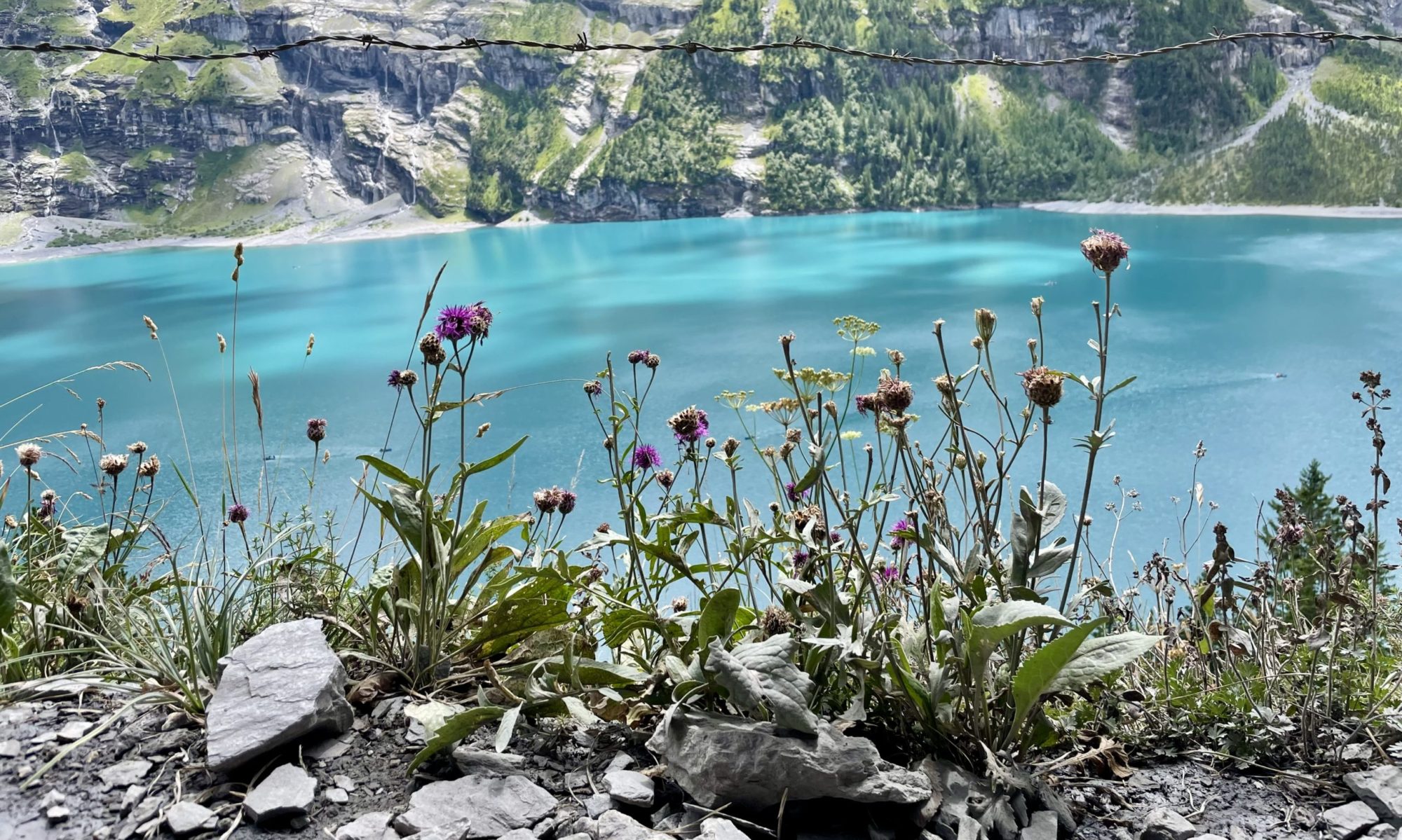Almost 71% of the Earth surface is covered by oceans. That leaves about 148.5 million square kilometres of land. More than 5% of that land surface is covered by wetlands. Wetlands form a very broad category of ecosystems that includes all land systems that are periodically flooded by water. It can be the swamps along a natural river, where periodical or seasonal flooding from the river, associated with the variations in the underlying watertable, influence the type of biological communities that develop. Another example are the salt marshes that are found along the sea costs, where brackish water has direct impact on life forms.

Raised bogs
Raised bogs develop in a very specific process that requires thousands of years. To start, there needs to be a depression in the ground, for example the ones left behind 10’000 years ago when the last glaciation ended and the slow retiring of ice towards the north moved and modified the surface soil composition and ground shape. Some soil formations present very little permeability, which means that instead of flowing away, water accumulated creating a lake or a pond. At the beginning, the usual organisms, such as sedges, water lilies, etc. colonised the pond. Without running water, the oxygen, needed by most decomposers to survive, starts to decrease. With less and less decomposers in the community, the organic matter starts to accumulate, eventually filling up the pond. The accumulated organic matter that is only slightly decomposed mostly by anaerobic bacteria, is called peat.
In the meantime, at the surface, the combination of lack of air, abundance of water and increasing amount of only partially decomposed organic matter results in the soil becoming more and more acidic and therefore hostile for many organisms; plants, animals, protists, fungi and bacteria alike. The communities of organisms living in the ecosystems start to shift, with many species dying out and other starting to thrive. Sphagnum mosses are one of the main plants dominating raised bogs. Contrary to other organisms, they never stop to grow. While the bottom of the plant becomes part of the peat, at the top the little plant is alive and keeps photosynthesising and growing.

Sphagnum mosses
After a while, through the accumulation of organic matter and the active growing of Sphagnum mosses, the surface of the bog rises above the ground level, becoming a raised bog. At this point, the plants from raised boga get water exclusively from the rain, and not from the ground surface. Because rain water contains almost no nutrients, the conditions in the raised bogs become extremely difficult and the communities surviving are very specific to these ecosystems.

Peat extraction
Raised bogs are also called ombrotrophic bogs because of their dependence on atmospheric water. Ombrotrophic bogs, together with other forms of peatlands, have been exploited for centuries for peat extraction. Peat is basically very concentrated organic matter, which makes it a good fuel, producing more heat and for longer than woods, while being much more accessible than coal. Nowadays, it is mostly used to fertilise gardens. All it needs is for the water to be drained and the peat can be extracted brick by brick.
Loss of biodiversity
To extract peat, or free the land for agricultural or building purpose, large proportions of peatlands worldwide have been destroyed. Not only does the destruction of peatlands directly eliminate the communities of endemic organisms, the loss of these ecosystems has a huge indirect impact on some species, such as migrating birds that need wetlands to break their journey, of amphibians and birds that need them for a space where to reproduce.
From carbon sink to carbon source
Unfortunately, the tragic loss of biodiversity is not even the only catastrophe relating to raised bogs drainage. Peat is composed of concentrated organic matter. It is concentrated and accumulates because of the presence of water and the lack of oxygen that in combination make it extremely difficult for decomposers to use it as a source of food. As soon as the drainage starts through, peat starts to dry out. Exposed to the air and the oxygen, decomposers start their feast and quite rapidly the organic matter is consumed and transformed into carbon dioxide. So instead of carbon sinks, peatlands turn into carbon sources for the atmosphere.
Peatlands protection
It is estimated that peatlands globally contain twice the amount of carbon that is in all the trees in the world, although they cover only 3% of land surface, compared to the 31% covered by trees. Carbon release in the atmosphere through human pollution since the industrial revolution has already disrupted the natural gas exchange balance. There is therefore no doubts that we must put priority in protecting peatlands ecosystems and where possible trying to restore them to their natural function as carbon sinks.



